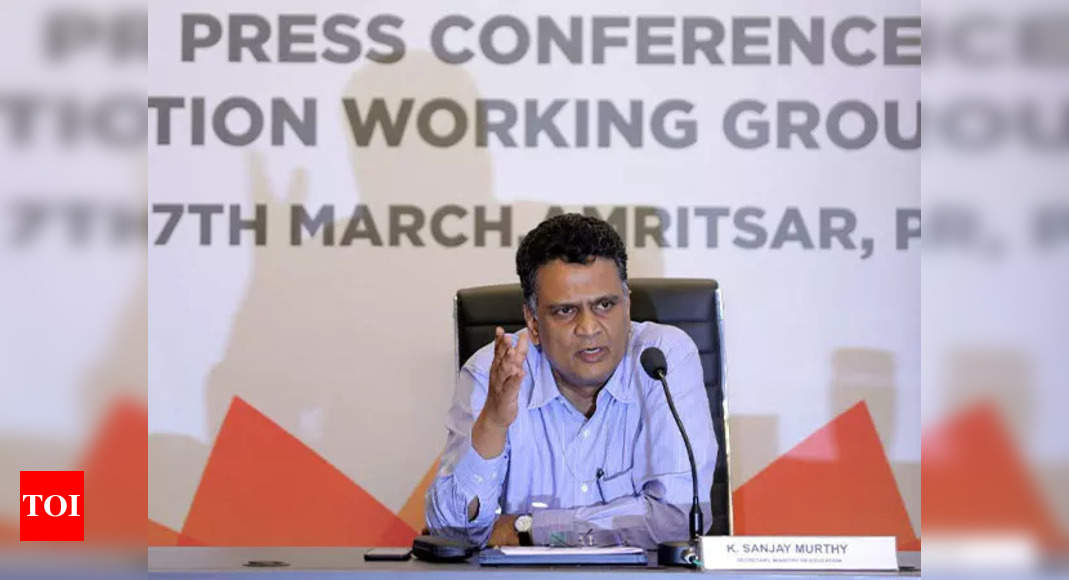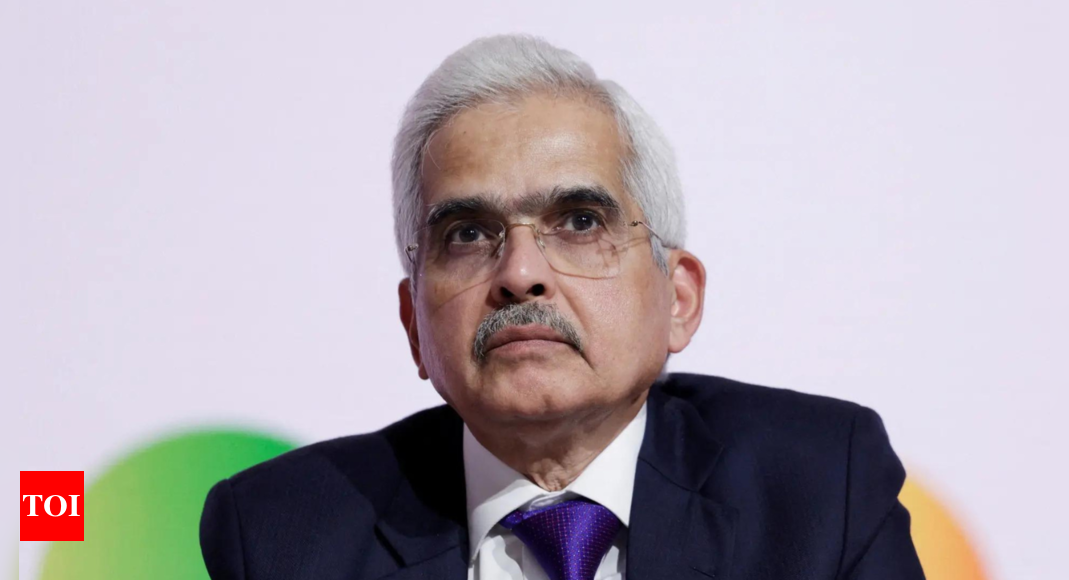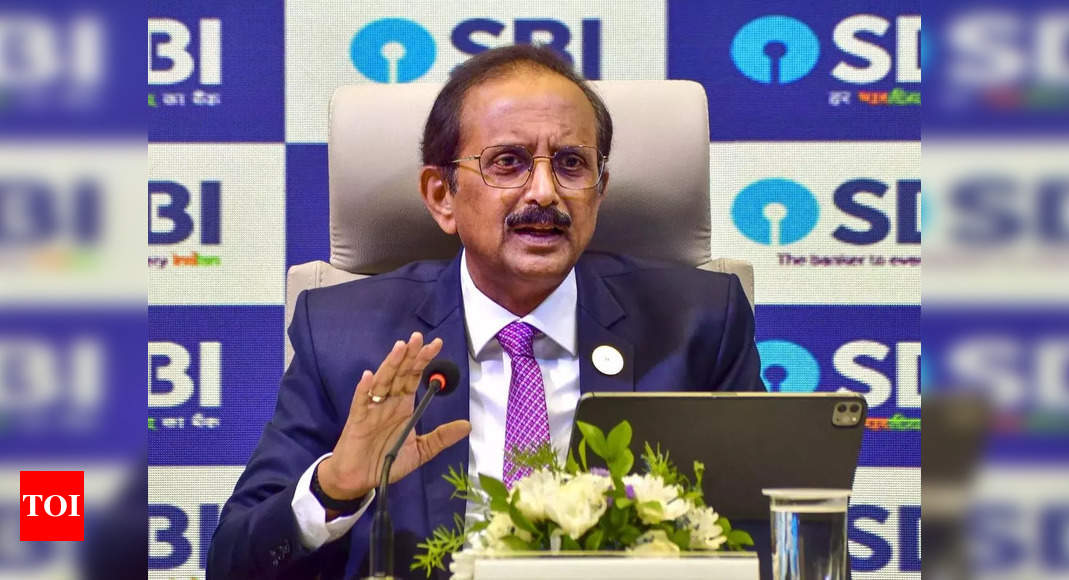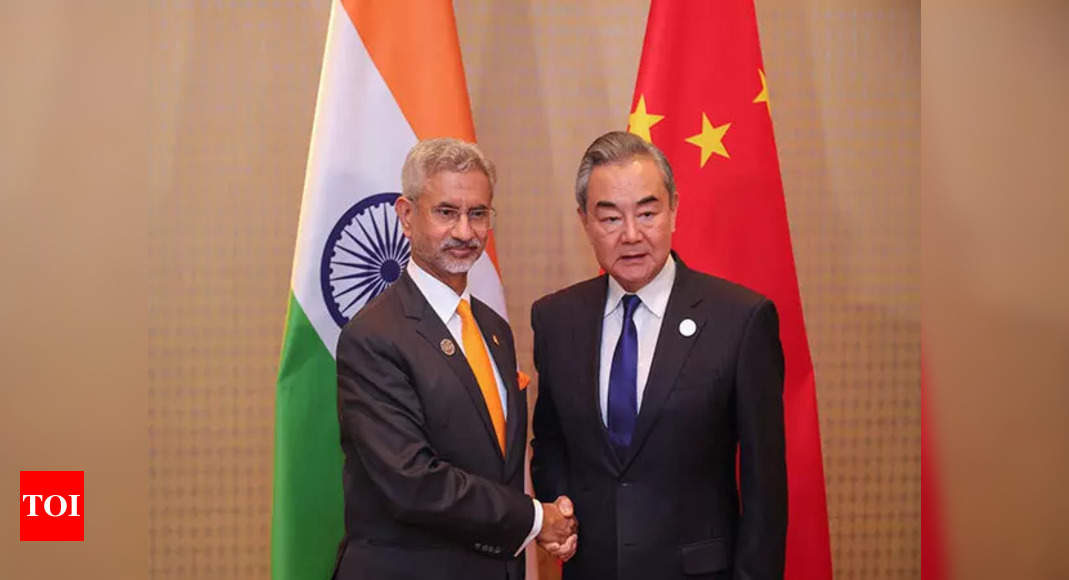
Welcome back to another edition of My Take 5, your weekly roundup of international news. This week we are focussing on 1,000 days of the Ukraine war, Sri Lanka’s parliamentary elections, the struggle for Bangladesh’s national vision and Modi’s vital trip to Nigeria. So let’s get to it.
Biden gives Ukraine a boost: After months of asking for it, Ukraine finally got what it wanted – permission to use US weapons to strike deep inside Russia. The Biden administration finally gave the green light that will allow, as per reports, Ukrainian forces to use the US-made Army Tactical Missile Systems or ATACMS to target Russian military assets far away from the active frontline. The missile, which has a range of up to 300km, is expected to be used by the Ukrainians in the Kursk theatre. In fact, Ukrainian forces are preparing to face a massive assault by Russian and North Korean troops – reportedly numbering around 50,000 – in Kursk as Moscow tries to retake this territory that Kyiv temporarily occupied and holds on to till date. Washington actually cited the deployment of North Korean troops by Russia in Kursk as the main reason for lifting the restrictions for Kyiv. However, as this goes to Press, reports are emerging of Ukraine carrying out its first ATACMS strike inside Russia against military targets in the Bryansk region.
But will it change the dynamics of the war? It certainly will help Kyiv. There is a range of military targets that Ukrainian forces can now technically target. But that in turn will depend on how many ATACMS Kyiv is actually able to get. Plus, with Russia pressing on multiple points along the eastern front – where Ukrainian forces can already use American systems – the new decision can only be seen in the context of levelling the field and changing the strategic dynamics of the war. In other words, Moscow now has something to think about with the long-range ATACMS, which may force it to re-evaluate its operations.
That said, as noted by experts, the lifting of restrictions comes too late. This has been the pattern with US weapons supplies under the Biden administration: Washington is first wary of allowing new systems and their use fearing Russian escalation, and then agrees to Kyiv’s requests at the eleventh hour. As a result, Ukrainians are unable to use the new systems to their full potential. This has been the story with other American systems too since the start of the war, like with HIMARS, Abrams tanks and F-16s. Also, each time Russia cited the deployment of these weapons as a red line, but once that line was crossed, there was no great escalation from Moscow.
Will this time be different on Moscow’s part? Unlikely. Russia is already carrying out massive missile and drone attacks on Ukrainian civilian targets and energy infra. The only other escalation from Moscow could be use of nukes. But that is a massive slippery slope for Russia and could not only see even its partners distance themselves from Moscow, but also give Ukraine cause for undertaking dangerous retaliation. Interestingly, US President-elect Trump, who has promised to end the war, hasn’t said anything about the Biden administration’s decision. Maybe, he is fine with Washington’s push to help Ukraine before his administration takes over in January.
Zelenskyy unveils ‘Resilience Plan’: Marking 1,000th day of the Ukraine war, President Volodymyr Zelenskyy unveiled a 10-point ‘Resilience Plan’ to Ukraine’s parliament that seeks to strengthen Ukraine long-term. Zelenskky stated that in order to achieve all the goals of this war, Ukraine needed to “outlive someone in Moscow”. The resilience plan covers elements such as more support for veterans, pushing de-regulation, protecting businesses from law enforcement pressures, greater support for school children, prioritising atomic generation, and exporting Ukrainian culture abroad.
These are all welcome steps. However, the results will depend on the implementation. But most importantly, through the Resilience Plan, Zelenskyy is telling Ukrainians that Ukraine’s long-term security lies in its own internal forces. In other words, while the goals of the war will remain, the path that the military operations will take can’t be predicted. Therefore, Ukraine must, in the meantime, strengthen its economy and people. Essentially, Ukraine now has two larger overarching objectives – liberate its occupied territories and boost its society to become resilient, prosperous and modern. How resources, admittedly limited, are divided between these two objections, remains to be seen.
Sri Lanka puts trust in AKD: Parliamentary elections in Sri Lanka saw President Anura Kumara Dissanayake’s National People’s Power coalition secure a whopping two-thirds majority. This certainly strengthens the new President’s hand – his party only had three seats in the outgoing Parliament. The new parliamentary majority gives Anura the ability to push through constitutional changes. However, it remains to be seen if he will tackle the issue of the powers of the executive presidency – something he was against when he was in opposition. But he is most likely to focus on the economic front where he has promised to tweak the terms of the IMF bailout package to give Sri Lankans relief from high inflation. That could prove to be tricky and may spook potential foreign investments. Anura’s moves will be watched closely.
Death of secular Bangladesh?: Bangladesh’s top legal officer, Attorney General Mohammad Asazzaman, called for the removal of ‘secularism’ and ‘socialism’ as principles enshrined in that country’s constitution. Asazzaman was responding to a writ petition challenging the 15th amendment to the Bangladeshi constitution that was passed by the previous Awami League government and restored secularism as a fundamental pillar of the Bangladeshi state. It will be recalled that secularism was previously scrapped from the Bangladeshi constitution during one of the martial law periods after the assassination of Sheikh Mujibur Rahman. However, in 2005 a Bangladeshi Supreme Court ruling declared that scrapping illegal and the Awami government restored secularism through the 15th amendment.
But the issue represents something more fundamental – the fight for the soul of Bangladesh between secularists and Islamists. Clearly, the Islamists are in charge in Bangladesh today and they want to undo all the provisions bolstering the vision of a secular country. This is precisely why Bangladeshi Hindus are feeling threatened today. The combination of political power and the rapid Islamisation of Bangladeshi society could certainly mean the death knell for secular Bangladesh.
Modi visits Nigeria: In a significant but understated visit, PM Modi visited Nigeria to bolster India’s ties with the vital African nation. Nigeria is an energy powerhouse and is vital to Africa’s future growth. And with its Trans-African Pipeline project with Morocco, Nigeria is poised to emerge as a key energy provider even for Europe. With Africa slated to emerge as the next global growth hub, there is intense competition for influence on the continent. China and Russia are already making inroads, and US and Europe are making a renewed push. India, therefore, should not be left behind and make the most of its historical Africa connect.







